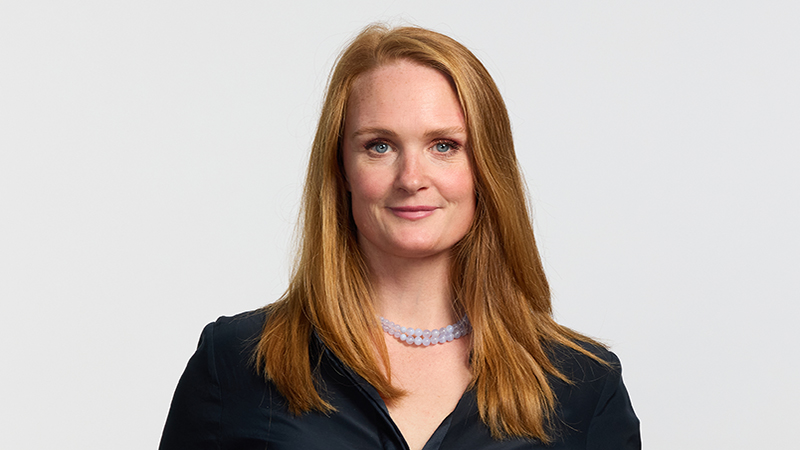The obvious example when it comes to structure is the design of Ucits-compliant funds that follow an absolute return mandate. There are some that use multiple strategies that are too complicated and numerous for some intermediaries to explain to a client yet they are sold by the bucket load.
Not every intermediary will necessarily understand what all the strategies are, nor will they fully understand how each and every one of them works. So by implication, if one or more of these strategies does not work and the fund collapses – something unlikely to happen to one fund in isolation either – they would not be able to explain the whys and wherefores to their client.
Even when the discussion turns to ETFs, there are structures that are getting far too complicated for investors to understand which is why regulators and financial watchdogs are paying such close attention to them.
Transparency must be equally emphasised across all FSA-regulated fund structures, irrespective of active or passive management style, yet the underlying principle of allowing investors to know exactly where their money is going is paramount.
Thankfully, the list of funds and fund houses going to the wall is small but an increased level of transparency of the firms themselves, their funds’ structures and the availability of an independently robust account of the flow of money once it enters the funds’ accounts would see even this small number reduce.
The final piece of the jigsaw would be to ensure the full costs incurred by an investor are made explicit, not hidden in percentage terms, nor shrouded in jargon. The T in TER doesn’t actually stand for the total costs accrued by an investor and it is high time it did.










